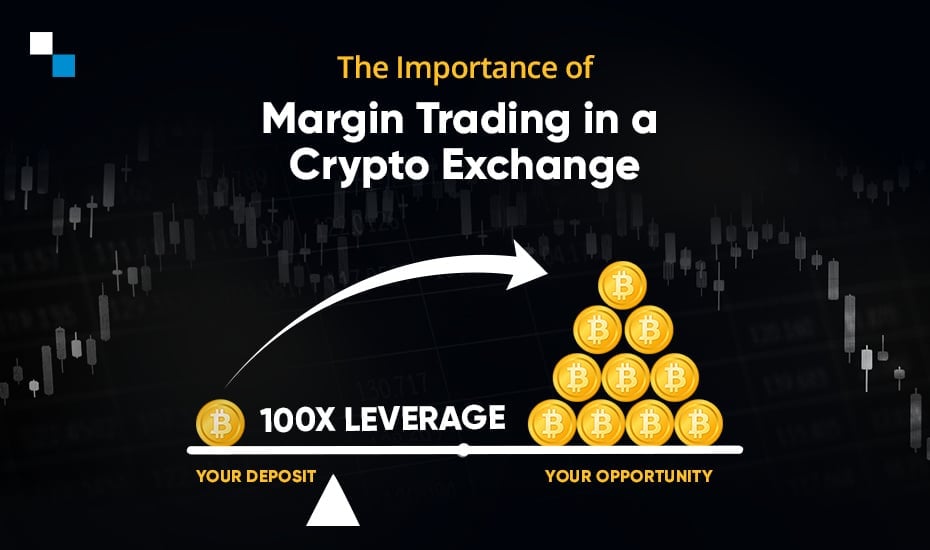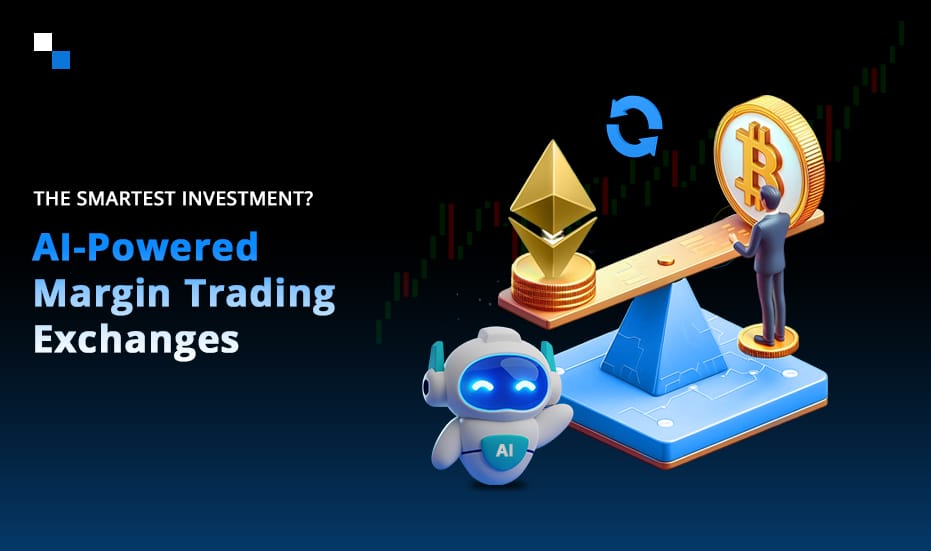Margin trading is quite a popular concept in the traditional stock market, and it is gaining significant traction in the crypto market, too. Businesses – whether building white label crypto exchange software or custom exchange platforms from scratch – are integrating margin trading into their exchanges.
But, what is margin trading?
In simple words, the process by which an investor or a trader can buy more stock than what he can afford is known as margin trading.
So, where does the money for extra stock come from?
Simple! The stockbroker/investment broker lends the investor the additional amount to buy the required shares and keeps these as collateral. Given the fact that the crypto markets are highly volatile, margin trading promises potential rewards to traders but there are some sizeable risks too.
Margin Trade Lifecycle
The investor is required to open a margin account for the purpose. Moreover, some initial payment known as Minimum Margin should be paid to the broker. This is to balance out any of the losses the investor might occur during trading.
After opening the account, the investor should pay the Initial Margin; it equals to a set percentage of the total traded value. This amount is determined by the broker. Importantly, the investor must keep in mind that the minimum margin (MM) has to be maintained at all times. This is to cushion the fall on highly volatile days.
The transaction has to be complete at the end of the trading session. This means that the investor who buys extra shares has to sell them and vice versa. After the trading is complete, the session has to be converted to a delivery order.
Margin Trading and Crypto Traders
The same procedure is followed in the crypto markets. Known as shorting or leverage crypto trading, the difference here is that additional funds are often provided by other traders or crypto exchanges. It involves borrowing capital from the exchange itself at relatively high interest rates. They earn an interest in the market, depending on the demand for margin trading. Some crypto exchanges are already offering margin funds to the traders on their platform.
Riding the volatility waves
The volatility of the crypto market makes margin trading a favorite among many traders. While a new trader is likely to feel overwhelmed, the experienced ones prefer to take calculated risks.
With margin trading, the amount of profit can be multiplied using the leverage amount. While this also increases the risk of losses, traders cannot potentially lose more than what they have invested. For example, if a trader aims to obtain 100 times profit, the trader will not have his losses multiplied by 100. This makes margin trading popular in the fast-moving crypto markets.
Margin trading in the slow-moving stock markets usually has a leveraged ratio of 50:1though 100:1 and 200:1 are also used. When it comes to crypto markets, the ratio ranges from 2:1 to 100:1, where the leverage percentage is denoted by ‘x’. Traders use terms such as 2x, 100x, etc. to denote their chosen ratio of risk.
Crypto margin trading offers long and short positions for the traders:
A long position is where the trader will anticipate an increase in the price of the cryptocurrency. If the prices drop, the trader will have to pay the exchange more money/crypto coins to maintain the minimum balance amount. This process is known as a margin call. If the trader doesn’t pay the said amount, the holdings of their share are sold off to cover the loss the exchange might incur.
A short position is where the trader will anticipate the fall of prices in the near future. The crypto asset is sold with the intention of buying it again at the reduced price.
The Struggle to make money
As the crypto industry continues to mature, more sophisticated crypto exchanges are sprouting. The competition is cut-throat. Making money by running a crypto exchange has its own challenges now. To cut through the competitive clutter, exchanges need to lower the trade commissions, listing fees, or fund collection for IEOs, STOs, and ICOs.
Margin Trading offers a fresh opportunity to the exchanges to make more profits.
Benefits of Integrating Margin Trading with Crypto Exchanges
The following are some of the benefits of integrating margin trading into white label cryptocurrency exchange software.
- One of the biggest benefits is the increase in returns for the crypto exchanges. A crypto exchange that offers margin trading generates more returns compared to a regular platform.
- Margin trading provides exchanges the flexibility to reuse their funds and get much more what they have invested.
- Even when long positions don’t work in favor of the trader, exchanges can still be assured of their returns.
- Margin trading brings more crypto traders to the platform. This helps with user acquisition and gaining over competitors in the market.
To Conclude
Undoubtedly, Crypto exchanges will find it beneficial to integrate margin or leverage trading into their crypto exchanges and attract more risk-taking experienced traders to their platforms. Famous crypto platforms are already seeing results. Are you ready to make more profits by offering intuitive margin trades by a simple integration?
If yes, Antier Solutions can help you with your venture. We provide highly-secure cryptocurrency exchanges integrated with margin trading and a robust risk management process. Whether you need white label crypto exchange software or a custom exchange built from ground zero, we can help you accomplish your goals with our mission-driven solutions.
Schedule a free demo of our white label cryptocurrency exchange software or connect with our subject matter experts to share your business needs.





